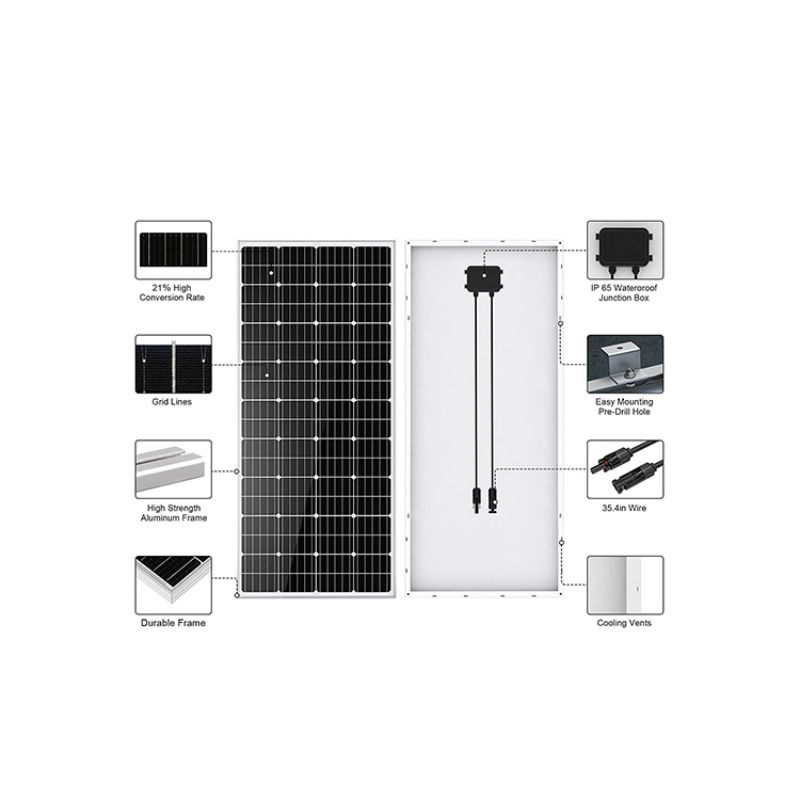The push for renewable energy has gained significant momentum in recent years due to growing concerns about climate change and the need to reduce greenhouse gas emissions. Photovoltaic power generation is a renewable energy source that has attracted much attention. Photovoltaics, often called solar panels, harness sunlight and convert it into electricity. But what is the history behind this extraordinary technology?

he roots of photovoltaics can be traced back to the 19th century, when French physicist Alexandre-Edmond Becquerel discovered the photovoltaic effect in 1839. Becquerel discovered that certain materials generate tiny electric currents when exposed to light. Although his discovery was groundbreaking, it took decades for scientists and inventors to fully explore the potential of this phenomenon.
Fast forward to 1873, and British electrical engineer Willoughby Smith made a crucial contribution to photovoltaics. Smith discovered that the chemical element selenium has photovoltaic properties. This discovery led to the development of the first selenium solar cells, which were highly efficient at converting sunlight into electricity.
The modern photovoltaic era began in the early 20th century with the work of Albert Einstein, whose explanation of the photoelectric effect in 1905 laid the theoretical foundation for understanding the behavior of light and the generation of photovoltaic electricity. However, practical application of this knowledge is still far from reality.
In the 1950s and 1960s, the American research and development company Bell Labs invested heavily in photovoltaic research and made significant progress. In 1954, laboratory engineers invented the first practical silicon-based photovoltaic cell. The battery achieved an energy conversion efficiency of approximately 6%, marking a major breakthrough in the field. Subsequent research and technological innovations increased efficiency levels and lowered manufacturing costs in the coming years.
The space race between the United States and the Soviet Union during the Cold War further promoted the development of photovoltaic power generation. Both countries require lightweight and reliable power sources for their satellites and spacecraft. As a result, photovoltaic cells became integral to space missions, and Pioneer 1, launched in 1958, was the first satellite to use solar cells to power its instruments.
The oil crisis in the 1970s became a catalyst for the development of photovoltaic power generation. As traditional energy sources become scarce and expensive, governments and environmentalists are turning to solar power as a potential solution. Provide subsidies, tax credits and research funding to promote the development and affordability of solar technology. This era saw the emergence of solar-powered calculators, watches, and the commercialization of small applications.
Photovoltaic power generation has made great progress in the 21st century due to technological advancements and increasing awareness of the importance of renewable energy. Today’s solar panels are more efficient and cost-effective than ever before, making them a viable option for widespread adoption. Governments around the world are investing in large-scale solar projects, and solar farms and rooftop solar installations have become commonplace.
The historical origins of photovoltaics highlight the ingenuity and perseverance of scientists and inventors over the years. Photovoltaic technology has come a long way from the initial discovery of the photovoltaic effect to the practical application of solar cells in space. As we strive to transition to a sustainable future, photovoltaics will undoubtedly play a key role in meeting our energy needs while reducing our carbon footprint.
Post time: Nov-30-2023